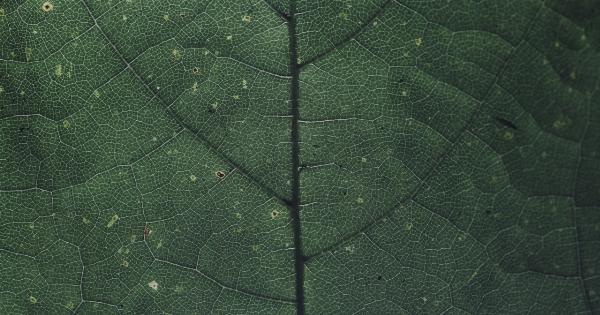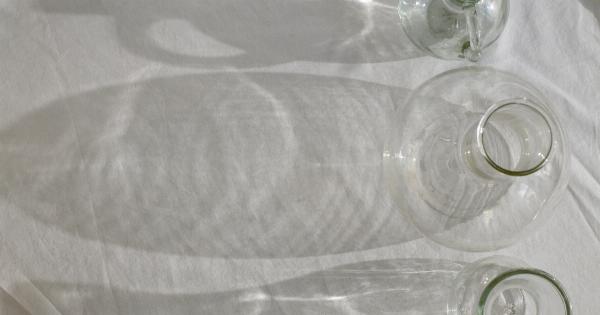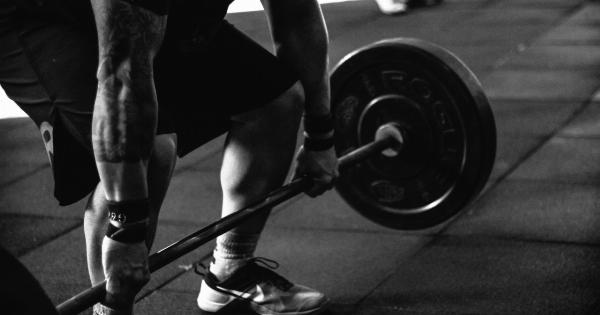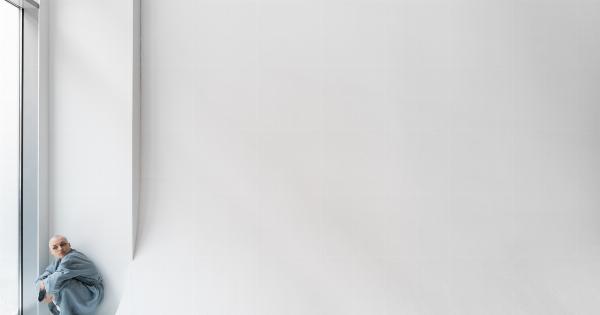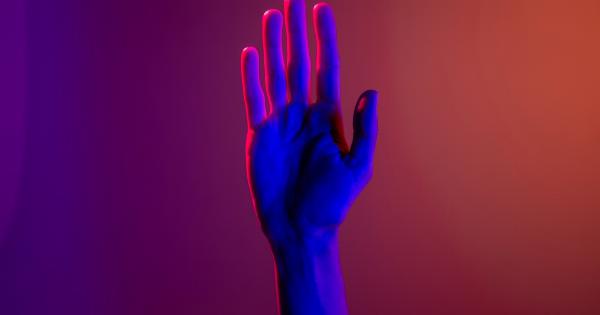Have you ever noticed the delicate network of veins that appear on your feet? These fine blue or purplish veins, known as spider veins or varicose veins, can be quite common and often pose no serious health risks.
However, understanding why veins appear on feet requires delving into the intricate science behind our circulatory system. In this article, we will explore the underlying causes and the scientific explanations for the appearance of veins on feet.
The Circulatory System: A Brief Overview
Before we dive into the specifics of why veins appear on feet, let’s briefly recap the basics of our circulatory system. Our circulatory system is responsible for transporting blood, nutrients, oxygen, and hormones throughout our body.
It consists of arteries, veins, and capillaries. Arteries carry oxygen-rich blood away from the heart, while veins transport oxygen-depleted blood back to the heart.
The Role of Veins
Veins, an essential component of the circulatory system, play a crucial role in returning blood to the heart. Unlike arteries, veins rely on a series of one-way valves to prevent blood from flowing backward.
Muscles surrounding the veins help push the blood towards the heart. However, several factors can disrupt this process, leading to the appearance of veins on feet.
1. Age
As we age, our veins naturally lose elasticity and become weaker. The weakening of vein walls can cause blood to pool, leading to the appearance of spider veins or varicose veins on our feet.
Age-related changes in the circulatory system also contribute to reduced blood flow, further exacerbating vein-related issues.
2. Genetics
Genetics play a significant role in determining our susceptibility to vein-related issues. If your parents or grandparents had varicose veins or spider veins, you are more likely to develop them as well.
Genetic factors influence the strength and structure of the veins, making some individuals more prone to vein-related problems.
3. Pregnancy
Pregnancy causes a multitude of changes in a woman’s body, including hormonal fluctuations and increased blood volume. These changes can put additional pressure on the veins in the lower extremities, leading to varicose veins.
The weight gain associated with pregnancy also contributes to the development of these veins as it places added stress on the circulatory system.
4. Prolonged Standing or Sitting
If you spend extended periods either standing or sitting, especially without movement, it hampers blood circulation in the legs and feet.
Lack of movement or prolonged pressure on the feet and lower limbs increases the likelihood of blood pooling in the veins, resulting in the appearance of spider veins or varicose veins.
5. Obesity
Being overweight or obese significantly increases the strain on the circulatory system. Excess weight puts additional pressure on the veins, leading to weakened vein walls and reduced blood flow.
This can cause veins on the feet to become more prominent and noticeable.
6. Hormonal Imbalances
Hormonal imbalances, such as those occurring during puberty, menopause, or due to certain medical conditions, can impact vein health.
Fluctuations in hormone levels can weaken vein walls and impair blood flow, contributing to the appearance of veins on the feet.
7. Inactivity
A sedentary lifestyle or lack of regular physical activity affects overall circulation. When we lead inactive lives, the pumping action of our muscles responsible for promoting blood flow weakens.
Inadequate circulation can cause veins on the feet to become more visible.
8. Injury or Trauma
Injury or trauma to the feet may also lead to the appearance of veins. Swelling or damage to the veins can disrupt the normal blood flow, resulting in the formation of spider veins or varicose veins.
9. Sun Exposure
Excessive exposure to the sun’s harmful ultraviolet (UV) rays can weaken the skin and blood vessels. Over time, this can make the veins on the feet more apparent.
It is essential to protect your skin from sun damage to maintain the health and integrity of your blood vessels.
10. Other Medical Conditions
Various medical conditions can contribute to vein-related issues. Conditions such as deep vein thrombosis, peripheral artery disease, and venous insufficiency can all affect blood flow and lead to the appearance of veins on the feet.
If you suspect an underlying medical condition, consult with a healthcare professional for proper diagnosis and treatment.
Conclusion
The appearance of veins on feet can be attributed to a combination of factors ranging from age, genetics, lifestyle choices, and medical conditions.
Understanding the underlying science behind these veins helps us comprehend the importance of maintaining a healthy circulatory system. While problematic veins are typically harmless, it is essential to consult a healthcare professional if you experience any discomfort or suspect an underlying condition.
By prioritizing overall health and adopting lifestyle modifications, we can promote healthy veins and ensure optimal circulation in our feet and the rest of our body.


